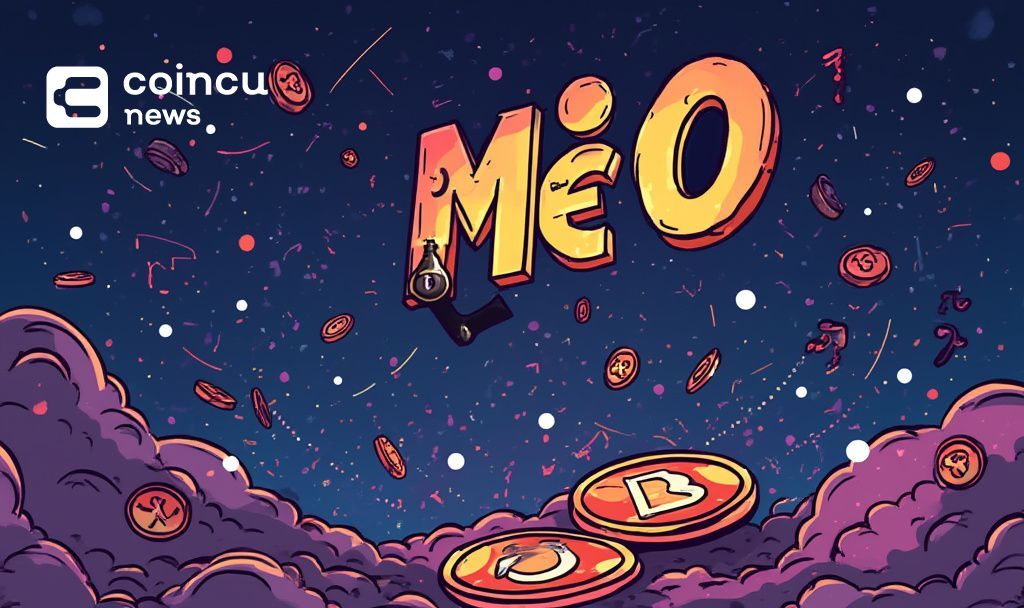M^0 Platform Launch: A New Milestone in the Solana Stablecoin Ecosystem
On April 10, 2025, M^0 announced that its stablecoin platform had officially launched on the Solana network and integrated with institutions such as KAST and Spree Finance. This move not only marks the first time that a cross-chain liquidity-sharing mechanism has been introduced into the Solana ecosystem but also, through branded digital dollar solutions like KAST Dollar, provides developers with a flexible framework for functional expansion. Data shows that on launch day, on-chain trading volume on Solana surged by 15%, SOL’s price surpassed US$120, and staking volume increased by 7%, reflecting a strong market optimism toward ecosystem expansion.

M^0’s core technical architecture is based on its extension protocol “M”, which allows stablecoin issuers to mint tokens using compliant assets (e.g., U.S. Treasuries) as collateral. A validator network guarantees transparency of the collateral. This design meets the “regulatory transparency” emphasized by Caroline Pham, Chairman of the U.S. Commodity Futures Trading Commission (CFTC), while providing users with settlement efficiency comparable to traditional payment systems—utilizing Solana’s high throughput (50,000+ TPS) and extremely low fees (around US$0.00001). As a result, stablecoins like KAST Dollar can enable real-time cross-border payments.
Solana Ecosystem’s “Liquidity Flywheel” Effect
One of the key highlights of M^0 is its cross-chain interoperability. By integrating with Noble chain’s USDN, M^0 channels Solana’s liquidity into multi-chain ecosystems such as Cosmos, solidifying its positioning as a “high-performance settlement layer.” For example, users may mint stablecoins on the Solana network and then use them on Ethereum-based DeFi protocols without relying on centralized exchanges. This mechanism directly contributes to the growth of Solana DEX trading volume — in Q1 2025, the total on-chain stablecoin issuance reached US$27 billion, surpassing Avalanche to become the third largest public chain by this metric.
For ordinary users, the integration of M^0 means lower transaction costs and a richer array of use cases. For example, Spree Finance has embedded a real-time anti-money laundering (AML) monitoring system, enabling stablecoins to support high-frequency microtransactions under compliant conditions. Data from the JuCoin platform shows that on the day the policy was announced, the cross-border settlement volume of USDT increased by 40%, with some users completing international trade settlements directly through on-chain protocols.
Regulation and Compliance: Transitioning from “Confrontation” to “Collaboration”
The U.S. CFTC recently adjusted its regulatory strategy, including compliant stablecoin platforms like M^0 within a “regulatory sandbox,” allowing them to test innovative features within a controlled scope. This policy shift aligns with Caroline Pham’s vision of ending “enforcement by regulation” in favor of collaboration, sending a positive signal to the industry. Moreover, M^0’s collaborative approach with regulators—such as employing on-chain real-time audits for reserve assets—could serve as a model for the industry, reducing compliance hurdles for traditional financial institutions entering the crypto space.
However, challenges remain. If the U.S. SEC classifies M^0’s revenue-sharing model as “unregistered securities,” legal disputes may ensue. Additionally, the gradual implementation of the EU’s MiCA regulation, which imposes stricter capital reserve and disclosure requirements on stablecoin issuers, may pressure M^0’s global expansion.
Future Outlook: From Infrastructure to Ecosystem Building
In the short term, M^0 will focus on validating its solution in cross-border trade scenarios. According to internal plans, by Q3 2025, M^0 will integrate with 10 Southeast Asian enterprises, testing stablecoin efficiency in letter-of-credit settlements and supply chain finance. The long-term strategy aims at a broader vision—exploring interoperability with digital renminbi (e-CNY) and building a DeFi ecosystem that meets Hong Kong’s regulatory standards.
If successful, this model could allow Hong Kong to replicate Singapore’s 2024 RWA tokenization breakout (where tokenized asset size grew from US$7 billion to US$22 billion within one year, according to Statista data). For institutional investors, compliant custody services such as those offered by M^0 are not only an entry ticket but also a core tool for participating in Web3 financial reconstruction.





